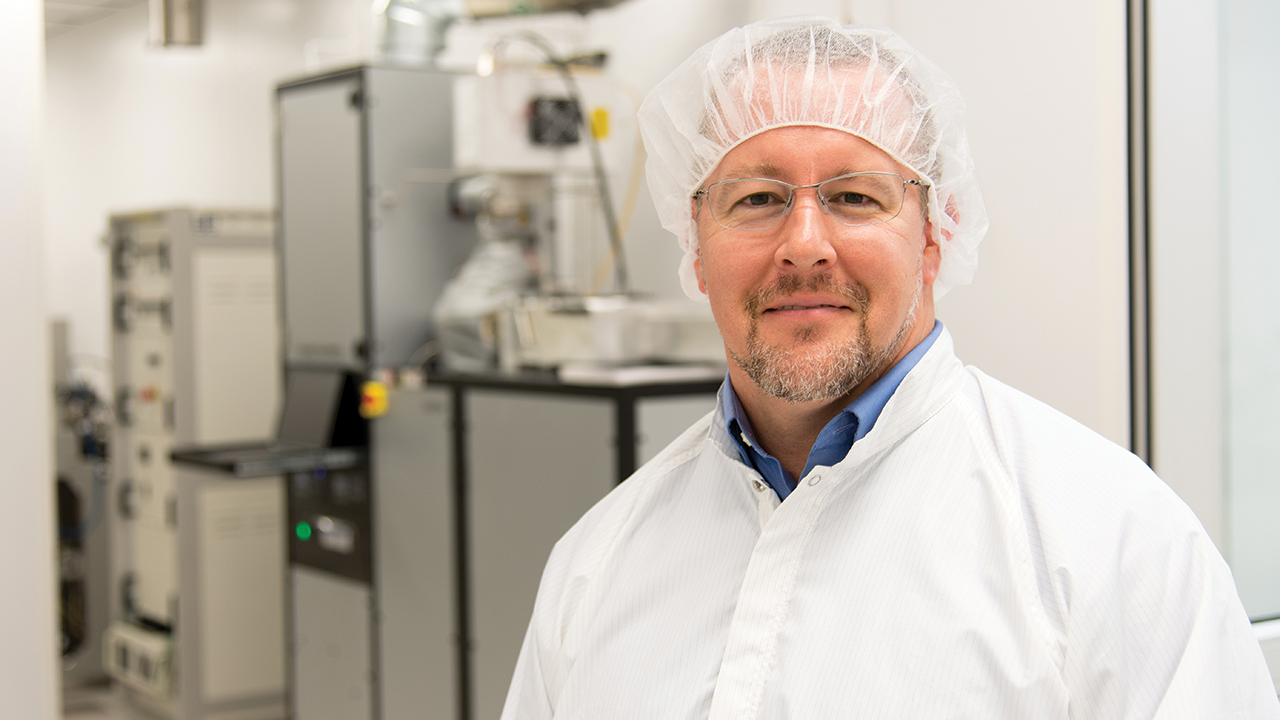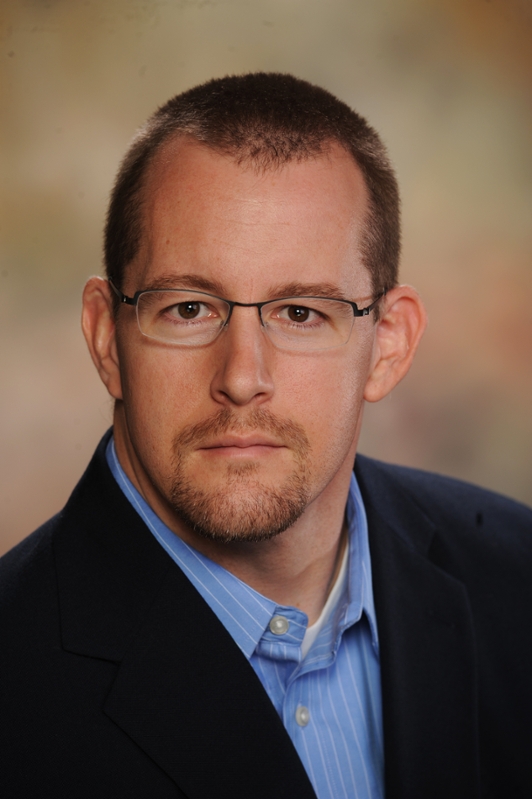Auburn, UCLA faculty teaming up to develop micro-scale magnetic shields
Published: Sep 24, 2020 1:51 PM
By Virginia Speirs
An Auburn Engineering faculty member recently received a United States Office of Naval Research subcontract to work on a new technology that will use custom additively manufactured micro-scale shields to help protect electronics from magnetic fields, while also allowing integration of fiber optics for optical communication.
Michael Hamilton, the James B. Davis Professor of electrical and computer engineering and director of the Alabama Micro/Nano Science and Technology Center, will work with Systems Visions, a local company that provides engineering principles to design and develop structures, systems and processes, on new technologies to help shield sensitive superconducting electronic chips from magnetic fields while still allowing for signals to be sent and received through integrated fiber optics.
Hamilton will collaborate on this project with Robert Candler, professor of electrical and computer engineering at the University of California, Los Angeles. Hamilton and Candler graduated in the same class from Auburn University with bachelor’s degrees in electrical engineering in 2000.
“Interestingly enough, Rob is not just my colleague, but my friend who also went to Auburn at the same time I did,” Hamilton said. “We’ve been looking for a project to work on together for a while, so it was nice to find something that lined up both with what he’s working on and with what I’m working on.”
Hamilton said the duo are in phase one of the project with multiple challenges to overcome before a working prototype can be developed. Some challenges include engineering the technology to withstand ultra-cold temperatures around 4 Kelvin (-452 degrees Fahrenheit) and scaling down the integration of the fiber optics to about 10 millionths of a meter in diameter – 10 times smaller than a strand of hair.
“We’re characterizing these magnetic shields and making big strides in the steps toward building those little photonic structures,” Hamilton said. “Another piece of this project is observing how these micro-scale structures behave when we cool them down to a very low temperature and seeing if there’s a way we can engineer the interfaces and materials to perform better when you make it cold.”
Hamilton said he is confident that he and his team will work through the challenges of social distancing in the new normal with COVID-19 and that he is eager to contribute to the advancement of this technology under this subcontract.
“We’ve actually been really fortunate at Auburn where research can continue,” Hamilton said. “I know there are some places that had to just shut everything down, but we’ve been able to keep things going at a pretty good pace.”
Media Contact: , chris.anthony@auburn.edu, 334.844.3447


